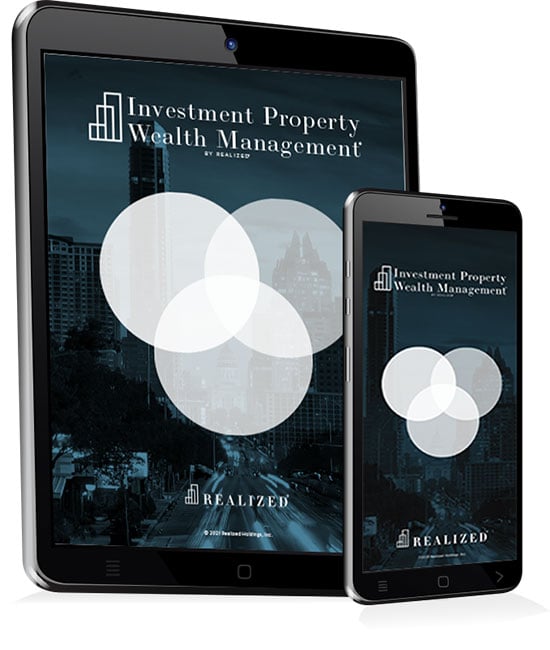
Are you an investor seeking passive and predictable income? A triple net lease (NNN) property is a promising choice. Before parting with your money, though, you’ll want to assess and understand everything there is to know to get a full picture of the investment’s health. One of the most critical metrics is the capitalization rate, or cap rate. This measures the potential return on a property.
How does the cap rate work for NNN real estate? And what is the relationship between risk and cap rates? Realized 1031 answers these questions below with a comprehensive guide. Keep reading to learn more!
Basics of Cap Rates
A cap rate is a fundamental metric that expresses the potential rate of return on a real estate investment. You’ll find the cap rate using a simple formula that allows you to quickly compare the profitability of different properties. Think of it as a snapshot of a property’s annual return if purchased with just cash.
Cap Rate = (Net Operating Income (NOI) / Property Purchase Price) x 100
Let’s say that an NNN property has an NOI of $50,000. If you acquired it for $1,000,000, then the cap rate is 5% following the formula.
NNN Cap Rates
For triple net lease properties, the cap rate becomes easier to calculate. These investments let the tenant handle three main operating expenses: property taxes, insurance premiums, and maintenance costs. This means that whatever’s leftover — or the amount you receive as rental income — is the NOI. This makes the cap rate calculation for an NNN property incredibly clean and transparent, and you don’t have to worry about fluctuating expenses eating into your returns. Not only do NNN assets provide passive income, but they also make calculations like cap rate much easier.
Relationship Between Risk and Cap Rates
Cap rates indicate profitability, and the higher the percentage, the higher the chances of maximum return. However, higher cap rates may also indicate increased risk. This may seem counterintuitive, but here’s how it works.
- Lower cap rates generally manifest in properties with long-term tenants or assets in high-demand areas. Investors are usually more willing to accept a lower return because the investment is stable and secure.
- Higher cap rates usually mean higher income compared to property cost. This discrepancy may emerge because the asset is located in a less desirable location (hence the lower value) or because the tenant has less-established credit history.
Keep in mind that lower cap rates don’t automatically mean lower risk and vice versa, so it’s always best practice to look at other metrics and their relationship with the cap rate.
What Is a Good Cap Rate for NNN Investments?
There’s no single number that indicates whether a cap rate is favorable or risky. Some investors lean more towards higher cap rates in the chance of increased investment returns. Others prefer to play it safe and invest in NNN assets that have lower cap rates. As a reference point, 4 – 6% is generally the accepted range for those who prefer stability. The percentage will shift based on the investor's priorities.
In Conclusion: Triple Net Lease Cap Rate Primer for Investors
Evaluating the cap rates of NNN properties provides insight to investors, particularly their profitability and risk. This rate of return, when lower, reflects stability. Meanwhile, a higher cap rate may represent increased risk. Looking at this metric along with other factors, such as location and tenant creditworthiness, provides investors with a more comprehensive picture to help with decision-making.
Sources:
https://www.investopedia.com/terms/t/triple-net-lease-nnn.asp



